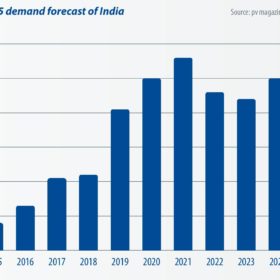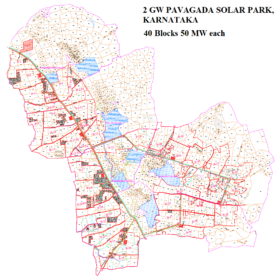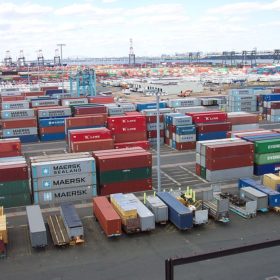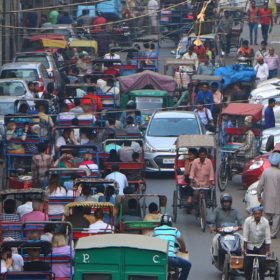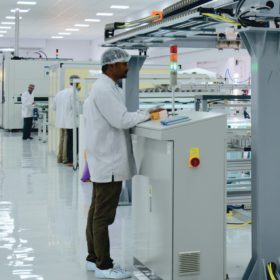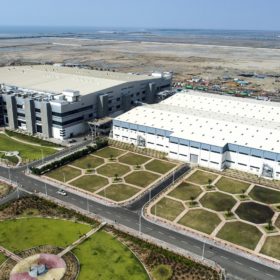India’s trade war will have global repercussions
India is currently the second largest market in the world for PV module demand. With China’s domestic demand frozen since the 31/5 notification, the country’s total module demand in 2018 will likely only achieve 32-34 GW. This will allow India, which may surpass 10 GW in annual demand, to reach 13% of global PV demand this year. As a result, the future of India’s trade war has become an influential factor in the global PV industry.
Solar is turbocharging Karnataka to renewables leadership
The remarkable 4 GW of solar capacity added last year has seen the state displace Tamil Nadu as the nation’s renewables top dog. And there is more to come, according to a new report, with PV set to account for a third of rising energy demand over the next decade.
Government body recommends 25% tariff on Chinese and Malaysian cells and modules
Phased import tariff would fall to 20% 12 months after introduction and 15% for final six months of a proposed two-year period. Industry watchers say the cost of Indian solar energy could rise by up to 30%.
Building a battery manufacturing industry in India – Vision Mechatronics interview
Dr Rashi Gupta, Director at Vision Mechatronics discusses the EV landscape in India, particularly focusing on the potential for battery manufacturing. While there are currently many challenges, like a lack of raw materials and infrastructure, the opportunities are immense.
Orb Energy to double panel manufacturing, raise $55 million
Bangalore-based Orb Energy is gearing up to double its solar PV panel manufacturing capacity from 60 MW to 120 MW, and aims raise US$55 million by the first quarter of 2019.
Trina Solar the largest PV module supplier to India in 2017
Chinese giant boasted 18% of the Indian market, to be crowned the nation’s top dog for the third consecutive year. Canadian Solar, First Solar, Hanwha Q Cells and JA Solar also enjoyed a big export market from the rising solar power.
Will the new 50% manufacturing clause pump domestic manufacturing?
All future bids for renewable projects would have at least 50% domestic manufacturing component for developers. The government will also soon make it obligatory for project developers to manufacture storage systems.
Exide Industries, Leclanché announce JV for battery manufacturing in Gujarat
India’s Exide Industries Limited and Switzerland-based Leclanché S.A. have announced a 75%-25% joint venture (JV) under which lithium-ion (Li-ion) cells, modules and battery packs will be manufactured in the state of Gujarat.
India moots world’s largest solar tender – of 100 GW
If implemented, the huge tendering exercise would dwarf anything that has gone before it. Minister explains bidding will also include solar manufacturing and storage elements.
Minister outlines plan to become global renewables leader, at Intersolar Europe
Underlining India’s commitment to becoming the global renewable energy leader, Shri Anand Kumar, secretary of the Ministry of New and Renewable Energy, said the country plans 500 GW of capacity by 2030. He also underlined plans to become a solar and storage manufacturing hub; and said the International Solar Alliance needs to widen its membership.
